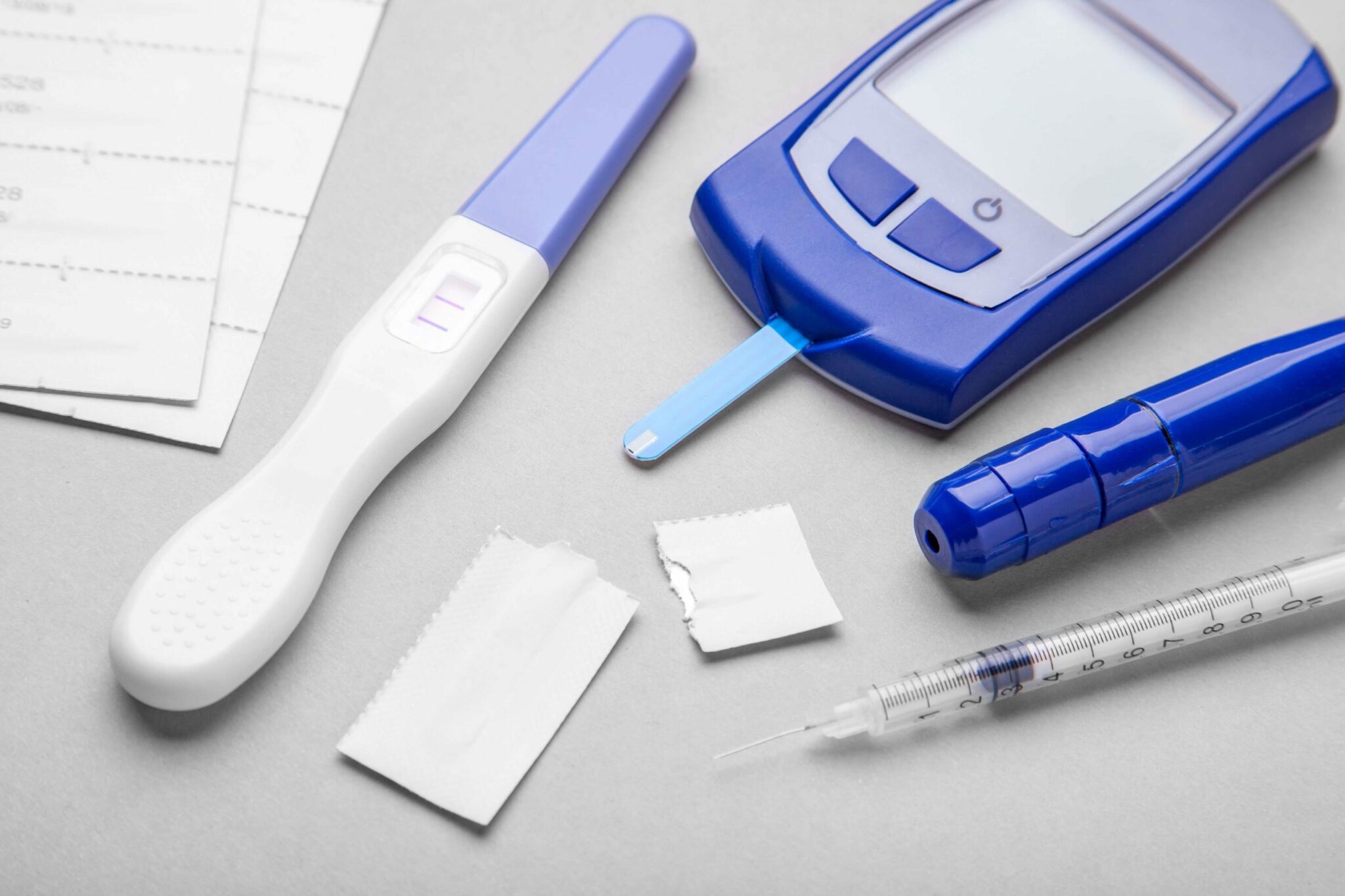Diagnosed with Gestational Diabetes? How Breastfeeding Could Help

- Gestational diabetes is a temporary condition that happens when your body cannot product enough insulin needed to control blood sugar levels during pregnancy.
- Gestational diabetes can occur at any stage of pregnancy, but is more common in the second or third trimester.
- Often women do not have symptoms and only find out they have gestational diabetes when blood sugar levels are tested.
- Treatment includes reducing your sugar intake. In some cases, women will need to take insulin. Most women will give birth to healthy babies.
Receiving a diagnosis of gestational diabetes during pregnancy can be upsetting. Knowing that it is not only your own health, but also that of your unborn child that could be affected by your diagnosis can seem overwhelming and scary. The good news, however, is that the condition is often managed by careful monitoring and through making sensible changes to the diet.
The link between gestational diabetes and type 2 diabetes
What gestational diabetes should do is to serve as a warning. Women who receive a positive diagnosis during pregnancy are up to seven times more likely to develop type 2 diabetes mellitus (T2DM) later in life. T2DM is a chronic condition that often requires long-term medication and increases your risk of heart disease, stroke and nerve damage. As the global incidence of obesity and insulin resistance increases, rates of T2DM are also going to rise, putting more strain on health services around the world.
So, how can you reduce your risk? Aside from adopting a generally healthier lifestyle, there is one other important thing that can lower the risk of T2DM: breastfeeding. Breastfeeding has many benefits for both the mother and the child; and, whilst not all women find it easy, it is imperative that time and effort go into supporting and helping new mothers at this stage.
Initial studies, over a two year time period, suggested that women who had received a diagnosis of gestational diabetes and exclusively breastfed, were about half as likely to develop T2DM compared to those in the same position who did not breastfeed. Longer term studies are needed to determine how long the benefits of breastfeeding are maintained for, but these results are promising.
How does breastfeeding help reduce the risk of developing T2DM?
Breastfeeding improves glucose tolerance by increasing insulin sensitivity, meaning the body can manage fluctuating blood sugar levels more easily. Breastfeeding also promotes energy expenditure. The net consequences of these two factors are improved metabolic function and reduced risk of diabetes.
An added complexity
Gestational diabetes is more common in women who are overweight or obese because they are probably already insulin resistant. Unfortunately, overweight women typically struggle more with breastfeeding. Gestational diabetes is associated with a greater risk of pregnancy complications, such as premature labour, caesarean delivery and macrosomia. These can all hinder attempts to initiate breastfeeding, particularly if the child requires medical assistance after birth.
Why is it so important to overcome these problems?
As well as having a positive effect on the mother’s mid- to long-term health, breastfeeding can also benefit the newborn. Babies born to mothers with gestational diabetes often experience fluctuating blood glucose levels themselves and their initial insulin production can be erratic. Frequent breastfeeding is a very effective way of normalising blood sugar levels.
Evidence also suggests that breastfed babies are at lower risk of developing obesity and diabetes later in life.
The take-home message has to be that breastfeeding is beneficial for all women, but particularly for those who have received a diagnosis of gestational diabetes during their pregnancy. Children born to mothers who have had gestational diabetes may already have an increased susceptibility to developing obesity or T2DM because of their genetics or environmental influences. Breastfeeding is the first step you can take to help lower this risk
Nabta is reshaping women’s healthcare. We support women with their personal health journeys, from everyday wellbeing to the uniquely female experiences of fertility, pregnancy, and menopause.
Get in touch if you have any questions about this article or any aspect of women’s health. We’re here for you.
Sources:
- “Breastfeeding May Help Prevent Type 2 Diabetes after Gestational Diabetes.” National Institutes of Health, U.S. Department of Health and Human Services, 7 Dec. 2016, www.nih.gov/news-events/nih-research-matters/breastfeeding-may-help-prevent-type-2-diabetes-after-gestational-diabetes.
- Gunderson, Erica P., et al. “Lactation and Progression to Type 2 Diabetes Mellitus After Gestational Diabetes Mellitus.” Annals of Internal Medicine, vol. 163, no. 12, 15 Dec. 2015, pp. 889–898., doi:10.7326/m15-0807.
- Much, Daniela, et al. “Beneficial Effects of Breastfeeding in Women with Gestational Diabetes Mellitus.” Molecular Metabolism, vol. 3, no. 3, June 2014, pp. 284–292., doi:10.1016/j.molmet.2014.01.002.
- “Overview: Diabetes in Pregnancy: Management from Preconception to the Postnatal Period: Guidance.” NICE, 25 Feb. 2015, www.nice.org.uk/guidance/ng3.










